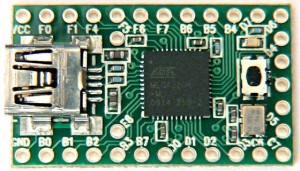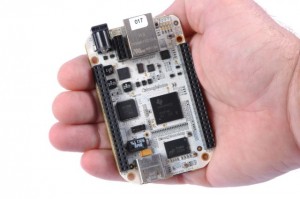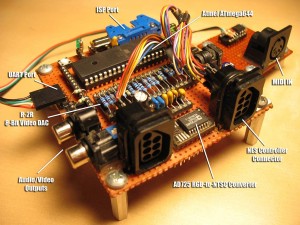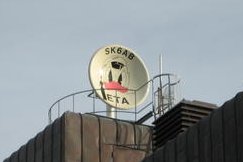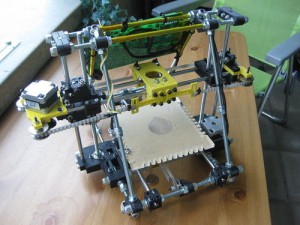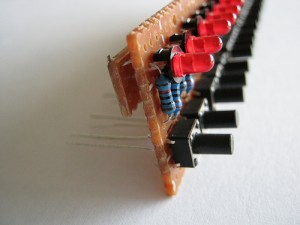 In this installment we will look at an example project based on BeRTOS. The goal is to learn a bit about how processes works and at the same time play around with the drivers provided by BeRTOS.
In this installment we will look at an example project based on BeRTOS. The goal is to learn a bit about how processes works and at the same time play around with the drivers provided by BeRTOS.
For new readers, BeRTOS is a real-time operating system for small embedded systems based on AVR, Arm7 or Arm Cortex M3. It provides a minimal kernel and a set of modules adding functionality to the API. This way, the system can be configured to be small, but at the same time, the API provided is rich enough for the task at hand.

